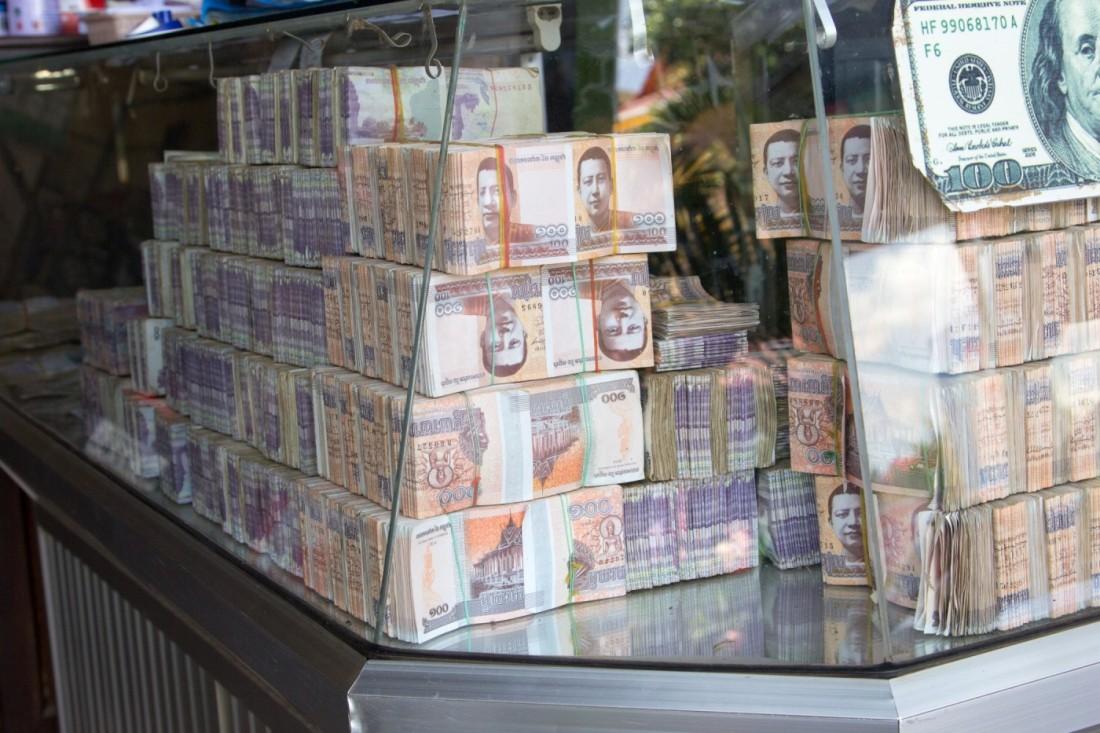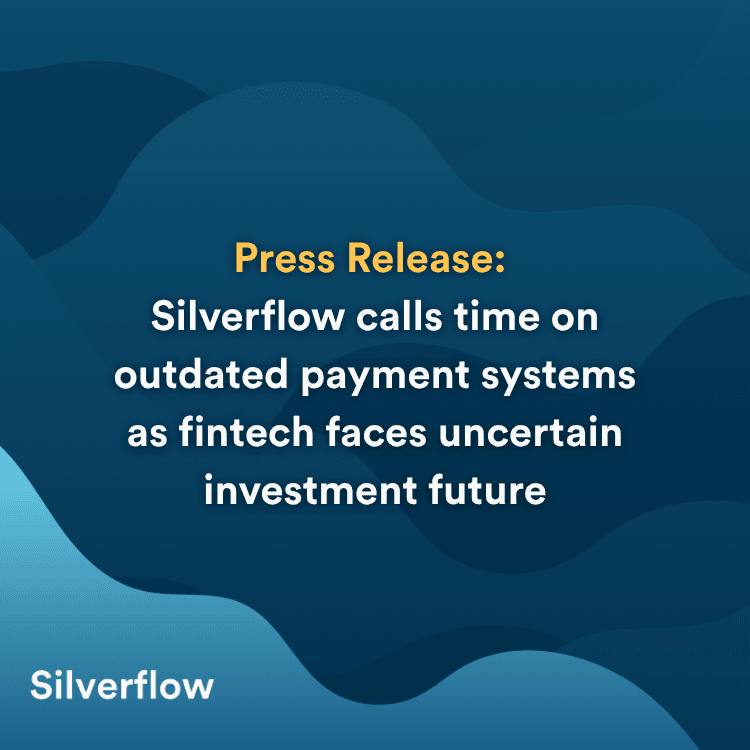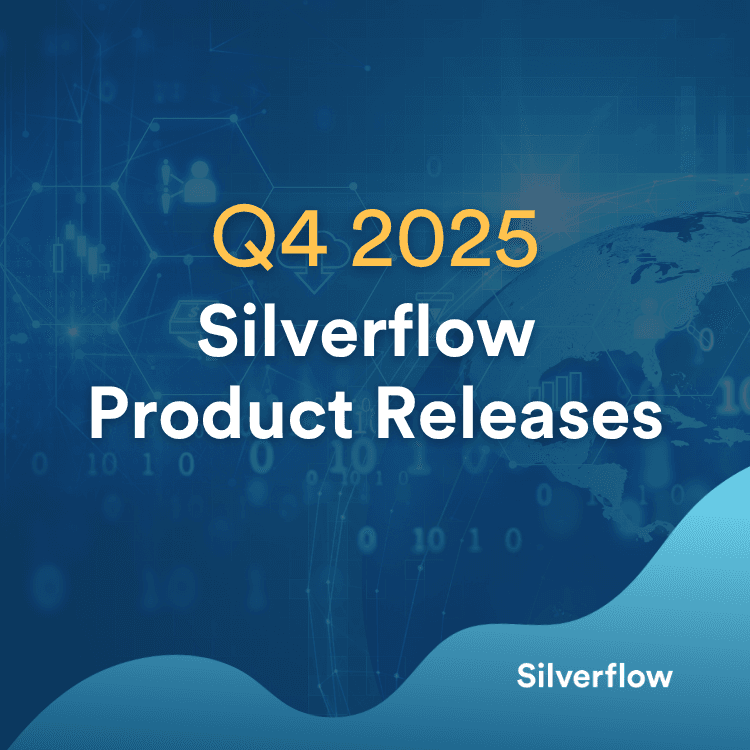Exchange Rates Explained
Exchange rates are hard. Constantly converting amounts between for example Euro’s and GBPs is cumbersome. Having to deal with buy and sell rates makes this even more painful. But the hard thing about exchange rates is not doing the conversion. The hard thing about exchange rates is that they change. They change all the time. In most cases they only change a little bit, but this is enough to completely mess up your reconciliation. If you don’t know what exact rate to apply at the time of your transaction you will never be able to reconcile.

Exchange rates are hard
Constantly converting amounts between for example Euro’s and GBPs is cumbersome. Having to deal with buy and sell rates makes this even more painful. But the hard thing about exchange rates is not doing the conversion. The hard thing about exchange rates is that they change. They change all the time. In most cases they only change a little bit, but this is enough to completely mess up your reconciliation. If you don’t know what exact rate to apply at the time of your transaction you will never be able to reconcile.
To make things even worse is the fact that in dual messaging (which is the case for most card payments) the exchange rate applied at the time of authorization differs from the exchange rate applied at the time of clearing due to the time lag between authorization and clearing. So the 100 Euro purchase shows up as a hold of 91 GBP in the cardholder account at the time of the transaction (authorization), but the cardholder is charged 92 GBP two days later (at the time of clearing).
As of August 11th, 2020 Mastercard will apply the same exchange rate during clearing as was applied at the time of authorization. Visa will do the same starting April 2021. These adjustments will make it easier for PSPs, merchants and cardholders to deal with multi-currency transactions.
However, some exceptions do apply, for example:
Mastercard transactions submitted for clearing more then 9 days after authorization
Visa transactions submitted for clearing more then 8 days after authorization
Visa transactions with certain merchant category codes (like hotels, airlines and car rentals)
So how about refunds and chargebacks?
In this case the exchange rate is used at the time the refund or chargeback was submitted to the card network. Depending on the time passed since authorization and the exchange rate fluctuations the amount debited for a refund or chargeback can be more then the amount received earlier on.
Read also

Silverflow calls time on outdated payment systems as fintech faces uncertain investment future
Silverflow, the new standard in payment processing, is spotlighting two of the biggest conversations in payments right now: the dead...

Silverflow Product Releases Q4 2025
Welcome to your quarterly update on the latest and greatest product releases from Silverflow. Find out what's new and see...

Buckaroo and Silverflow Transform Payment Infrastructure for the Omnichannel Era
Buckaroo's strategic partnership with Silverflow accelerates innovation, simplifies scheme integration, and sets the foundation for next-generation payment experiences.